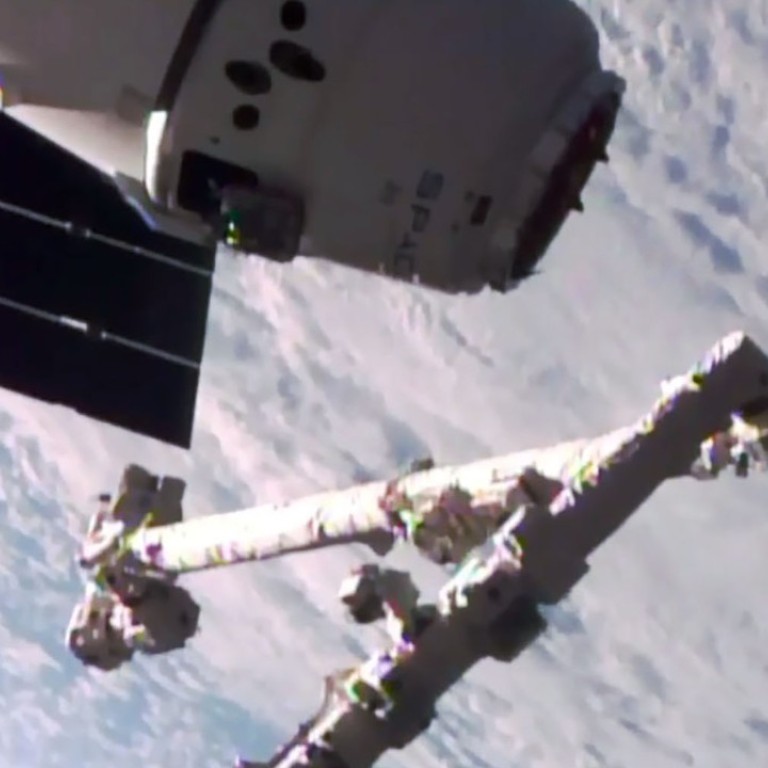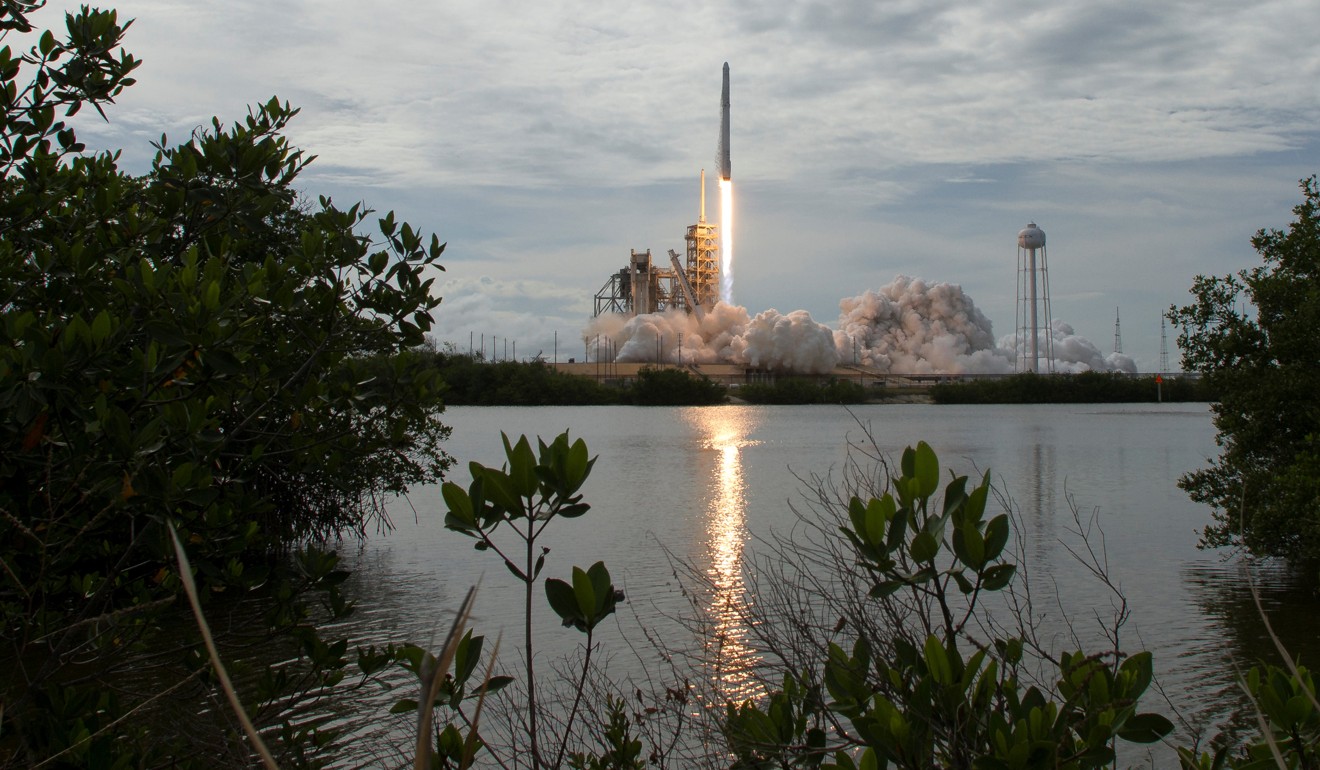
SpaceX speeding up launches by firing off more missions than in all of 2016
The year’s not half over, and Elon Musk’s Space Exploration Technologies Corp is about to launch more missions than it completed in all of 2016.
SpaceX is slated to fire up a Falcon 9 rocket for the eighth time this year on Friday, matching its flight total for all of last year. Its next launch is scheduled just two days later, with the ramped-up cadence putting the company on track to achieve the 20 to 24 total missions it’s targeting for the year.
The quickening pace of launches illustrates how SpaceX has bounced back after one of its rockets and a customer’s satellite blew up on a Florida launch pad in September. The company was grounded for four months in the midst of an investigation into the incident before returning to flight in January. By racking up more successful launches, the closely held company has positioned itself again as a driving force in the new-age space race.
“SpaceX is coming back gangbusters,” Luigi Peluso, an aerospace analyst with AlixPartners, said in an interview. “You’re seeing a public proclamation that they are totally back from the September 2016 accident. And Elon has demonstrated that the concept of re-using rockets is feasible.”

The rocket scheduled to take off on Friday -- with a back-up window on Saturday -- will carry BulgariaSat-1, a communications satellite destined for geostationary orbit. It’s slated to take off from the historic 39A launch pad at Nasa Kennedy Space Centre in Florida, where Neil Armstrong left from before landing on the moon in 1969.
The launch will use a “flight proven” Falcon 9 rocket booster, which means it’s flown to space previously and been returned and refurbished. SpaceX Chief Executive Officer Musk has championed reusability -- once derided as a crazy idea -- to drive down launch costs and win a growing roster of customers, including the US military.
“It’s starting to feel kinda normal to reuse rockets. Good. That’s how it is for cars and air planes and how it should be for rockets,” Musk tweeted earlier this month.
SpaceX will attempt to recover the booster from this mission on an unmanned drone ship stationed in the Atlantic Ocean.
“Falcon 9 will experience its highest ever re-entry force and heat in today’s launch. Good chance rocket booster doesn’t make it back,” Musk tweeted an hour before the scheduled launch.
After the BulgariaSat-1 mission, the next in line is a June 25 launch of 10 satellites for Iridium Communications Inc from Vandenberg Air Force Base on California’s central coast.
“Could be a weekend doubleheader,” SpaceX tweeted, referring to the Friday and Sunday launch plans. It would be the first time the company launched two rockets the same weekend though they’d be taking off from opposite coasts.
SpaceX has several other flights listed on its manifest, but firm dates have not yet been announced.
In addition to its commercial customers, SpaceX has a US$1.6 billion contract with the National Aeronautics and Space Administration to resupply the International Space Station and a second pact valued at as much as US$2.6 billion to eventually transport crews to the orbiting lab. SpaceX is also competing for contracts to fly missions for the US Air Force and plans to send two private citizens on a trip around the moon late next year.

The Hawthorne, California-based company builds the Falcon 9 as well as the rocket’s Merlin engines in-house, taking a Silicon Valley approach to constant improvements and a tight collaboration between design and manufacturing. Musk has brought in executives from other industries to promote innovation including Andy Lambert, SpaceX’s vice president of production, who previously spent more than a decade at BMW AG.
In March, SpaceX hit a significant milestone when it launched a reused rocket for the first time, a leap forward in Musk’s quest to drive down launch costs. SpaceX is now regularly recovering the 14-story-tall-boosters, including five times by land and six times at sea.

